Ali Ai Ligang Festival and the Mising Tribe
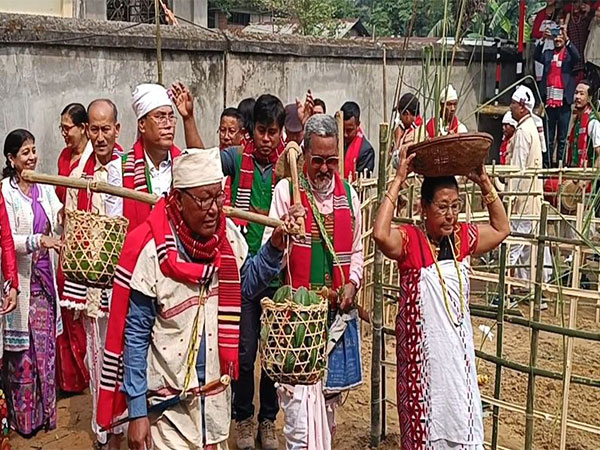
- 23 Feb 2025
In News:
The Mising tribe, Assam’s largest tribal community, celebrated Ali Ai Ligang in Shankarpur, Jorhat, on the first Wednesday of the Fagun month.
About the Mising Tribe
- Region: Indigenous tribe from Northeast India; primarily reside in Upper Assam and parts of Arunachal Pradesh, with some presence in South Tibet (China).
- Population: As per Census 2011, there are 6,80,424 Mising people in Assam.
- Ethnolinguistic Group: Belong to the Tani group, speak Tibeto-Burmese languages.
- Referred as: Called “Lhobhas” (southerners) by Tibetans.
- Unique Feature: Known as the only riparian tribe of Northeast India, with livelihoods closely linked to rivers like the Brahmaputra.
- Habitat: Construct stilt houses known as Chang Ghar to withstand seasonal floods.
Cultural and Religious Practices
- Religion: Practice Donyi-Poloism – worship of the Sun (Donyi) and the Moon (Polo) as supreme deities.
- Traditional Economy:
- Traditionally practiced Jhum (slash and burn) cultivation.
- Now settled cultivators skilled in wet paddy cultivation.
- Engage in fishing, weaving, and vegetable farming.
- Women are proficient in weaving traditional Mising textiles.
Ali Ai Ligang Festival
- Main Festival of the Mising community.
- Timing: Celebrated in February, on the first Wednesday of Fagun month (as per the Assamese calendar).
- Name Meaning:
- Ali – edible root
- Ai – seed
- Ligang – sowing
Signifies the beginning of the agricultural cycle – first sowing of seeds and roots.
Significance and Rituals
- Purpose: Marks the start of cultivation, invokes blessings from Donyi-Polo to protect crops from pests and natural calamities.
- Community Importance: Strengthens communal ties and preserves agrarian traditions.
- Ritual Practices:
- Morung Okum (Morung Ghar) – youth dormitory where offerings like Apong (rice beer), dry meat, and fish are made.
- Gumrag Dance – performed by men and women to signify joy, unity, and prosperity.
- Feast and Dress – Traditional Mising delicacies are prepared, and people wear colorful ethnic attire.
Modern Celebrations
- Originally village-based, now also celebrated in urban centers like Jorhat.
- Includes stage performances, cultural competitions, and large community gatherings.
- In Jorhat, it has been celebrated for the past 40 years, organized annually by Mising Agom Kebang (Mising apex literary and cultural body).
SWARBICA Executive Body Meeting 2025
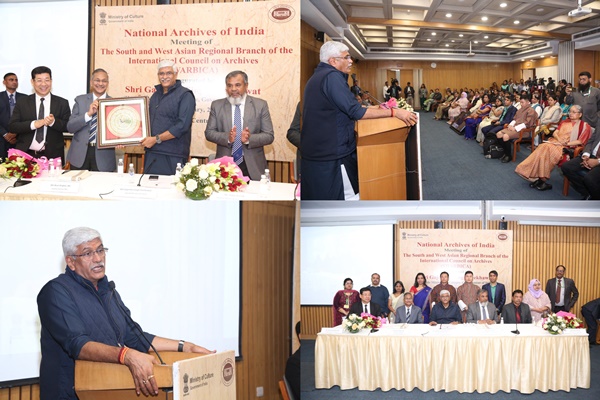
- 23 Feb 2025
In News:
- The Executive Body Meeting of the South and West Asian Regional Branch of the International Council on Archives (SWARBICA) was held on 20–21 February 2025 at the India International Centre, New Delhi.
- It was inaugurated by Union Minister for Culture and Tourism, Gajendra Singh Shekhawat, and hosted by the National Archives of India.
- This is the second time India has hosted the SWARBICA meeting, the last being in Colombo, Sri Lanka, in 2017.
Key Highlights
- The event marked the first SWARBICA Executive Meeting in eight years.
- Participating nations included Nepal, Bhutan, Bangladesh, and Sri Lanka.
- Pakistan joined the meeting virtually, while Iran could not attend due to visa-related issues.
- The meeting provided a platform for regional cooperation in archival development, emphasizing shared cultural and religious heritage.
Agenda and Focus Areas
- Digital Preservation & Archives Digitization:
- Arun Singhal, Director General of the National Archives of India (NAI) and Treasurer of SWARBICA, presented NAI’s ongoing efforts in the digitization of archival records.
- Emphasis was placed on training programs, technical exchange, and conservation practices.
- AI in Digital Archiving:
- Aseminar titled "Using AI for Digital Preservation in Archives" was organized.
- Experts from India, Bangladesh, Nepal, Sri Lanka, and SAMHiTA (India International Centre) discussed the potential of artificial intelligence in archival science.
About SWARBICA
- It functions as a regional arm of the International Council on Archives (ICA), fostering collaboration among archival institutions in South and West Asia.
- Established: The idea was proposed in 1973 at an ICA meeting in Brussels and officially launched on 11th December 1976 at Vigyan Bhawan, New Delhi.
- SWARBICA promotes professional networking, training, resource sharing, and advancement in archival practices among member countries.
Significance for India
- Reflects India’s leadership in regional cultural cooperation.
- Aligns with national goals of digital governance, knowledge preservation, and heritage conservation.
- Strengthens India's cultural diplomacy in South and West Asia.
Mass Stranding of False Killer Whales in Tasmania
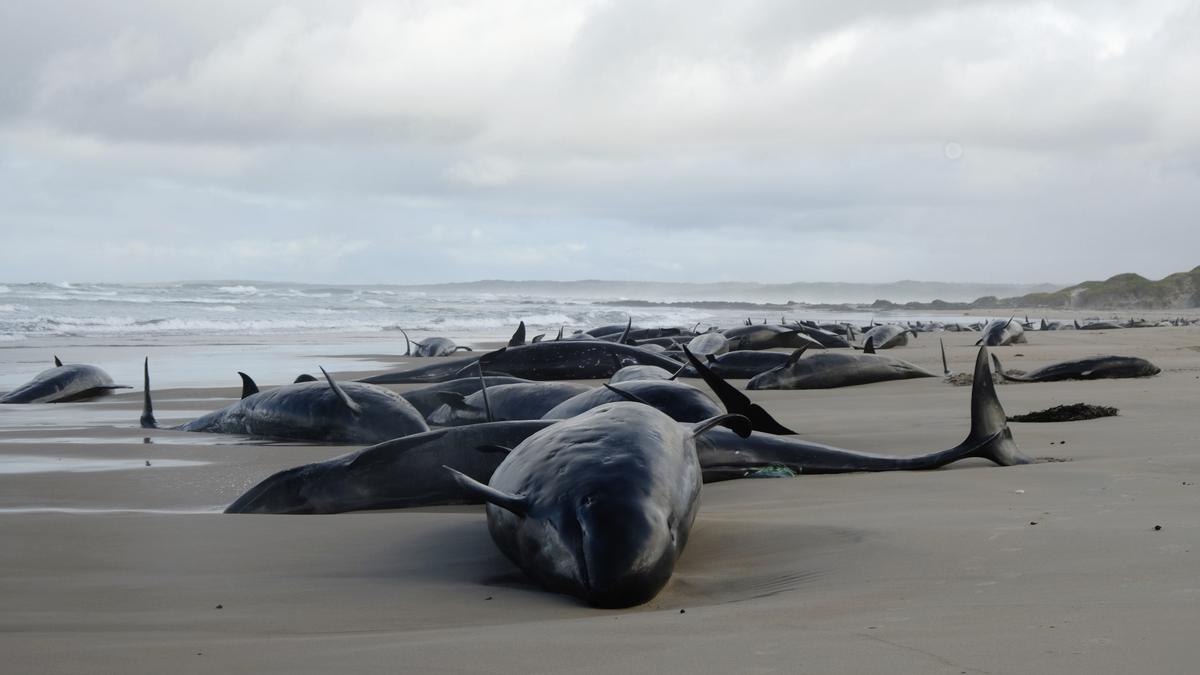
- 23 Feb 2025
In News:
Recently, over 150 false killer whales were found stranded on a remote beach near Arthur River on the northwest coast of Tasmania, Australia. The incident is one of several mass strandings reported in the region in recent years.
The event echoes earlier mass strandings:
- In 2022, 230 pilot whales stranded at Macquarie Harbor.
- In 2020, 470 long-finned pilot whales were stranded at the same site—the largest mass stranding in Australian history.
Possible Causes of Whale Strandings
Although the precise cause remains uncertain, potential factors include:
- Disorientation from loud underwater noises (e.g., naval exercises, seismic surveys)
- Illness, old age, injury
- Fleeing predators
- Severe weather events
- Geomagnetic anomalies
About False Killer Whales
- False killer whales (Pseudorca crassidens) are not true killer whales but belong to the Delphinidae family, which also includes dolphins and pilot whales.
- They are large, social cetaceans, often found in warm, deep oceanic waters.
- These whales are highly vocal and social, forming strong social bonds within pods.
- Like other cetaceans, they rely on echolocation (underwater sound) for communication, hunting, and navigation.
About Killer Whales (Orcas)
- Although not involved in the stranding, killer whales (Orcinus orca) are relevant as close relatives within the same family (Delphinidae).
- Known for their distinct black and white markings, orcas are the largest members of the dolphin family.
- They are globally distributed in both open oceans and coastal waters.
- Killer whales live in stable matrilineal pods and use complex vocalizations.
Conservation Status
- The IUCN Red List classifies false killer whales and killer whales as Data Deficient, indicating that there is insufficient information to assess their risk of extinction.
WEST Tokamak Reactor
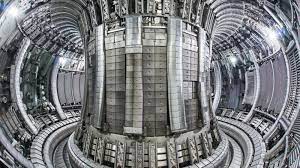
- 23 Feb 2025
In News:
The WEST Tokamak reactor in southern France has set a new world record by sustaining a nuclear fusion plasma for 1,337 seconds (22 minutes and 17 seconds), surpassing the previous record of 1,066 seconds held by China’s EAST reactor by 25%. This achievement is a major milestone in the global quest for clean, limitless energy through nuclear fusion.
About Nuclear Fusion
- Nuclear Fusion is the process of combining two light atomic nuclei (typically deuterium and tritium) to form a heavier nucleus, releasing vast amounts of energy.
- The mass defect (loss of mass) in the fusion process converts into energy, as per Einstein’s equation E=mc2E = mc^2E=mc2.
- This reaction occurs in the plasma state—a hot, ionized gas consisting of free electrons and atomic nuclei.
How Tokamak Reactors Work
- A Tokamak is a doughnut-shaped (toroidal) magnetic confinement device that replicates the Sun’s fusion process.
- It uses superconducting magnetic coils to confine and heat the plasma to temperatures exceeding 50 million°C, about three times hotter than the Sun's core.
- Fusion reactors inject external power (WEST used 2 MW) to maintain the plasma and prevent it from touching reactor walls.
WEST Reactor: Key Highlights
- Operated by the French Alternative Energies and Atomic Energy Commission (CEA).
- Aims to simulate long-duration, high-temperature plasma conditions.
- Reached a plasma state sustained for over 22 minutes at 50 million°C.
- Contributes critical insights and validation to the ongoing ITER project, the world’s largest nuclear fusion experiment also based in southern France.
Significance of the Achievement
To make fusion viable for electricity generation, three key conditions must be met:
- High temperature – to overcome electrostatic repulsion between nuclei.
- Sustained confinement time – achieved by WEST.
- Sufficient plasma density – to ensure high collision rates.
Maintaining plasma for extended durations is crucial for transitioning from experimental reactors to commercial fusion energy systems.
Advantages of Nuclear Fusion
- High Energy Output: Produces 4x more energy per kg of fuel than fission, and nearly 4 million times more than fossil fuels.
- Environmentally Clean: Emits no greenhouse gases or long-lived radioactive waste. Only byproducts are inert helium and neutrons.
- Abundant Fuel Supply: Fusion uses deuterium (from seawater) and tritium, eliminating the need for uranium mining.
- Inherent Safety: Fusion reactions are inherently safe as they cannot trigger uncontrolled chain reactions, unlike fission.
Fusion vs. Fission: A Comparison
Aspect Nuclear Fusion Nuclear Fission
Process Combines light nuclei Splits heavy nuclei
Fuel Deuterium and Tritium Uranium or Plutonium
Energy Output Extremely high Moderate
Waste Minimal and short-lived Long-lived radioactive waste
Emissions No greenhouse gases Potential radiation hazards
Safety No risk of meltdown Risk of runaway reactions/meltdowns
Global Perspective
- Over 200 tokamaks are operational globally.
- The ITER project is set to become the centerpiece of global fusion research.
- Recent breakthroughs like those at WEST provide a technical roadmap for future commercial reactors.
Nvidia's Evo 2
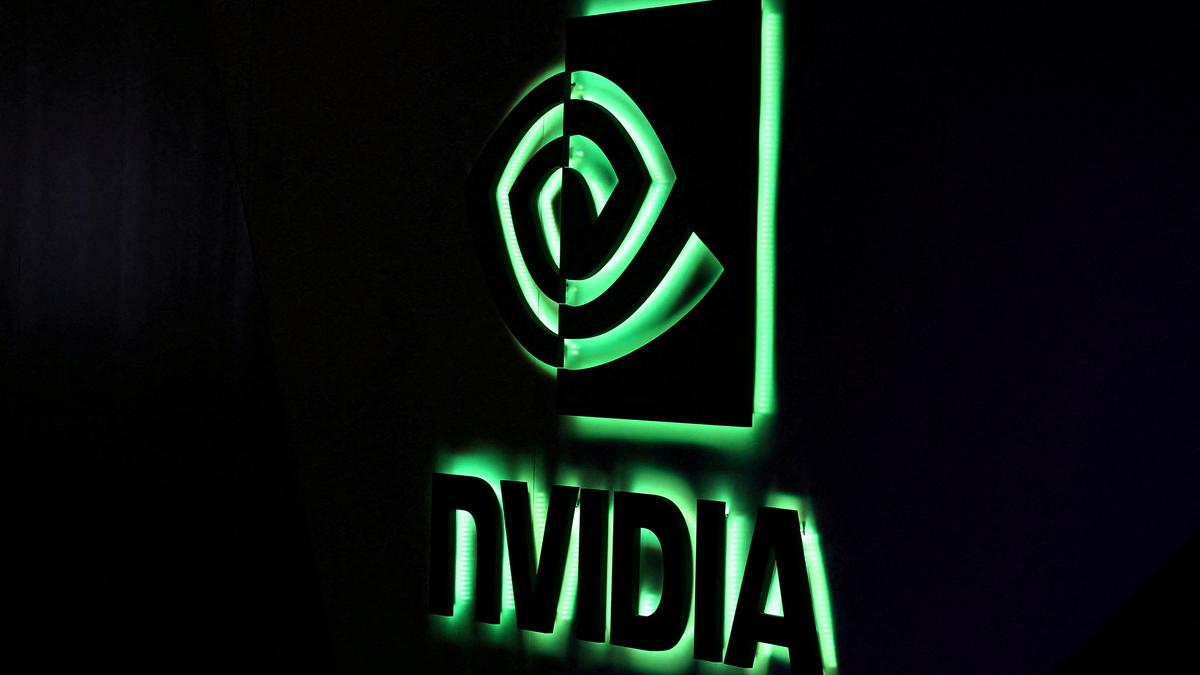
- 23 Feb 2025
In News:
Nvidia, in collaboration with the Arc Institute and Stanford University, has launched Evo 2 — the world’s largest publicly available AI model for genomic data — aiming to revolutionize genetic research and biomedical innovation.
About Evo 2
- Type: Foundation AI model for genomics.
- Function: Understands and designs genetic code across all domains of life.
- Scale: Trained on ~9 trillion nucleotides from 128,000+ organisms, including bacteria, plants, animals, and humans.
- Platform: Built using 2,000 Nvidia H100 processors on Amazon Cloud, through the NVIDIA DGX Cloud platform.
- Access: Freely available on Nvidia’s BioNeMo research platform.
Key Features
- Accuracy in Mutation Detection:Accurately identified 90% of harmful mutations in BRCA1 — a gene linked to breast cancer.
- Speed and Efficiency:Enables rapid pattern recognition in vast genomic datasets — research that would otherwise take years.
- Collaborative Development:Created by Nvidia in partnership with Arc Institute (nonprofit research body founded in 2021 with $650 million funding) and Stanford University.
Applications
- Healthcare & Medicine:
- Predicts form and function of proteins.
- Identifies gene mutations and their impact.
- Facilitates precision medicine and gene therapy development.
- Agricultural Biotechnology:
- Aids in designing climate-resilient crops.
- Industrial & Environmental Science:
- Assists in creating enzymes to break down pollutants.
- Supports development of new bio-materials.
Significance for India & Global Science
- Accelerates biomolecular research and biotech innovation.
- Contributes to scientific self-reliance and the bioeconomy.
- Enhances capability in combating diseases like cancer and improving food security.
